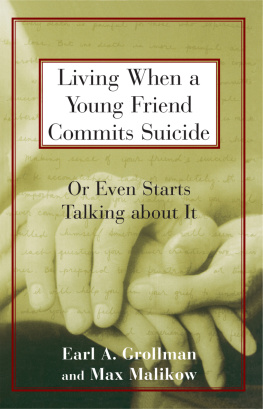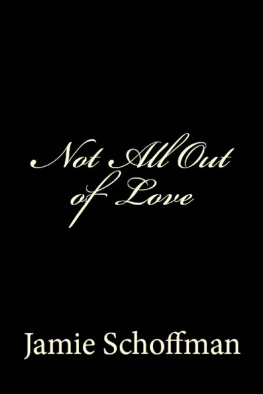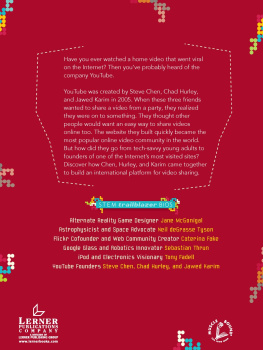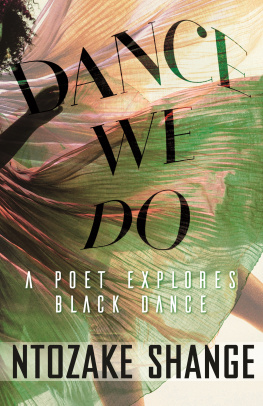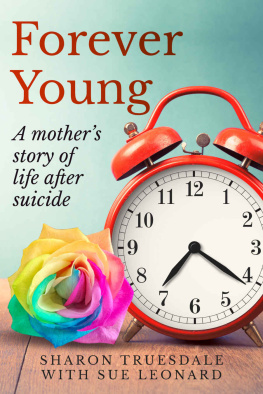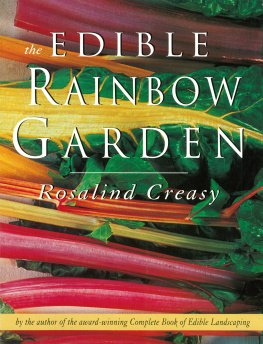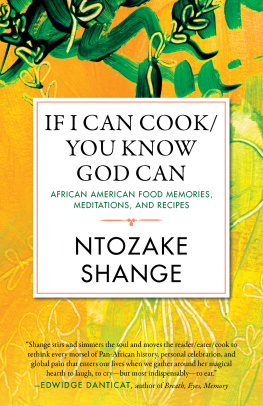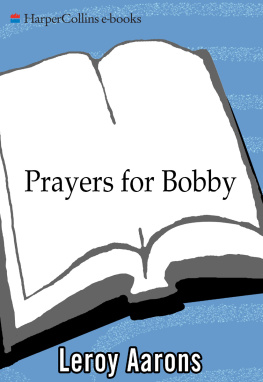
Copyright 2012 by Keith Boykin, Contributors retain the rights to their individual pieces of work.
Magnus Books
An Imprint of Riverdale Avenue Books
5676 Riverside Drive, Suite 101
Riverdale, NY 10471
All rights reserved. No part of this book may be reproduced or transmitted in any form or by any means, electronic or mechanical, including photocopying, without permission in writing from the publisher.
First Magnus Books edition 2012
Cover by: Linda Kosarin
ISBN: 978-1-936833-97-9
www.riverdaleavebooks.com
Submission Review Editors
La Marr Jurelle Bruce
Clay Cane
Mark Corece
Frank Roberts
Contents
Back to School - Craig Washington
Guys and Dolls - Jarrett Neal
Pop Quiz - Kevin E. Taylor
Bathtubs and Hot Water - Shaun Lockhart
Strange Fruit - Antonio Brown
Teaspoons of December Alabama - Rodney Terich Leonard
A House is Not a Home - Rob Smith
Mother to Son - Chaz Barracks
Pride - James Earl Hardy
Age of Consent - Alphonso Morgan
The Luckiest Gay Son in the World - David Bridgeforth
When I Dare to Be Powerful - Keith Boykin
To Colored Boys Who Have Considered Suicide - Hassan Beyah
Mariconcito - Emanuel Xavier
Chicago - Phill Branch
Better Days - Jamal Brown
One Day a DJ Saved My Life - Jonathan Kidd
No Asians, Blacks, Fats, or Femmes - Indie Harper
Alone, Outside - G. Winston James
When the Strong Grow Weak - Kenyon Farrow
The Holy Redeemer - Victor Yates
Coventry, Christ, and Coming of Age - Topher Campbell
Religious Zombies - Clay Cane
Preacher's Kid - Nathan Hale Williams
I Still Think of You - Jason Haas
Bad Romance - Darian Aaron
Afraid of My Own Reflection - Antron Reshaud Olukayode
Just the Two of Us - Curtis Pate III
Hey, You - Erick Johnson
My Night with the Sun - Mark Corece
Love Your Truth - B. Scott
The Night Diana Died - Daren J. Fleming
Many Rivers to Cross - Andr St. Clair Thompson
Becoming Jessica Wild - Jos David Sierra
Umm... Okay - Tim'm T. West
Thank You, CNN - David Malebranche
The Test - Charles Stephens
The Voice - Ron Simmons
It's Only Love that Gets You Through - Robert E. Penn
We Cannot Forget - Victor Yates
Poetry of the Flesh - Lorenzo Herrera y Lozano
Casualties of War - L. Michael Gipson
How Do You Start a Revolution? - Keith Boykin
Introduction
In the fall of 2010, eighteen-year-old Rutgers University student Tyler Clementi was secretly videotaped by his roommate during an intimate encounter with another man. On September 22, Clementi drove to the George Washington Bridge, got out of his car, and leapt to his death.
On the same day, in a different part of the country, lawyers for a young black man named Jamal Parris walked into the DeKalb County Courthouse in Georgia and filed a lawsuit against Bishop Eddie Long of the New Birth Missionary Baptist Church, accusing the pastor of using his influence to coerce Parris into a sexual relationship.
These two unrelated incidents revealed dramatic differences in the way our society responds to race and sexuality. The killing of unarmed teenager Trayvon Martin in February 2012 and the death of a Florida A&M drama major in November 2011 confirm this trend.
Meanwhile, the abuse charges by Jamal Parris and several other young black men were met with attacks and criticism by members of Longs church and other religious supporters who questioned the credibility of the accusers. Despite the media attention to the story in Atlanta, there was no real organized effort to protect young black men from harm or sexual abuse, no YouTube video campaign, and no support mechanisms put in place to provide counseling and assistance for others.
It should come as no surprise to anyone who has followed the news that our society has a tendency to dismiss the grievous experiences of young men of color. A tragic shooting on a suburban campus, for example, provokes a sense of shock and outrage while similar tragedies at inner city schools often go ignored. Perhaps the best example may be the way in which society and the media dealt with several other youth suicides in the same time period as Clementis death.
In April 2009, Carl Joseph Walker-Hoover, an eleven-year-old black student in Massachusetts, hanged himself in his bedroom. Carl was a young football player and Boy Scout who had endured months of harassment and anti-gay bullying. He was just one week shy of his twelfth birthday when he committed suicide.
In the same month, another eleven-year-old, Jaheem Herrera of Atlanta, took his own life after suffering constant anti-gay bullying at his DeKalb County school. He too was African American.
Then, in September 2010, the same month in which Tyler Clementi killed himself, nineteen-year-old Raymond Chase, a black openly gay college student studying culinary arts at Johnson & Wales University in Providence, Rhode Island, committed suicide by hanging himself in his dorm room.
In the following month, a twenty-six-year-old black gay youth activist named Joseph Jefferson took his own life. Joseph had worked with HIV/AIDS charities and helped to promote black LGBT events. I could not bear the burden of living as a gay man of color in a world grown cold and hateful towards those of us who live and love differently than the so-called social mainstream, he wrote on his Facebook page the day he killed himself.
Sadly, these suicides did not generate much attention in the mainstream media or action in the larger community.
I was covering the 2010-midterm elections for CNBC when I first heard about Tyler Clementi and Raymond Chase and the other suicides. As I drove across the George Washington Bridge one night from Manhattan to the CNBC World Headquarters in New Jersey, I looked down over the bridge and imagined what it must have felt like to jump 212 feet into the raging Hudson River below. Ive known friends who have committed or considered suicide, but I had never contemplated it for myself.
Thats when I decided to put together this book. Despite the well-intentioned messaging in response to Clementis death, life doesnt always get better anytime soon, especially for people of color who are disproportionately affected by many challenging socioeconomic conditions.
When it came time to start this project, the title would prove obvious. In 1974, playwright Ntozake Shange published her famous choreopoem, For Colored Girls Who Have Considered Suicide When The Rainbow Is Enuf, which later became the subject of a popular film in 2010. As young boys of color were literally committing suicide in the same year when the movie was released, it underscored that the LGBT communitys promise of the rainbow was clearly not enough for many to sustain themselves.
To put together this book, I wondered what it would take for a young man to get to the point where he felt he had nothing left to live for. I didnt have to wonder very long. A few days after we put out the call for submissions, I planned to ask a young friend to serve as an editor of the book. David, an Ivy League-educated black gay man, had worked with me on several projects in the past and had once served as my personal assistant as well. But before I could contact him with my request, I received a disturbing phone call from a mutual friend. I discovered that David had taken his own life.
The police found a suicide note written on an envelope in Davids car. It simply said that he wanted to be cremated and buried next to his mother. He never explained what drove him to kill himself, but for some reason I always knew that he, like so many others, didnt completely fit in with the rest of the crowd.
Next page

